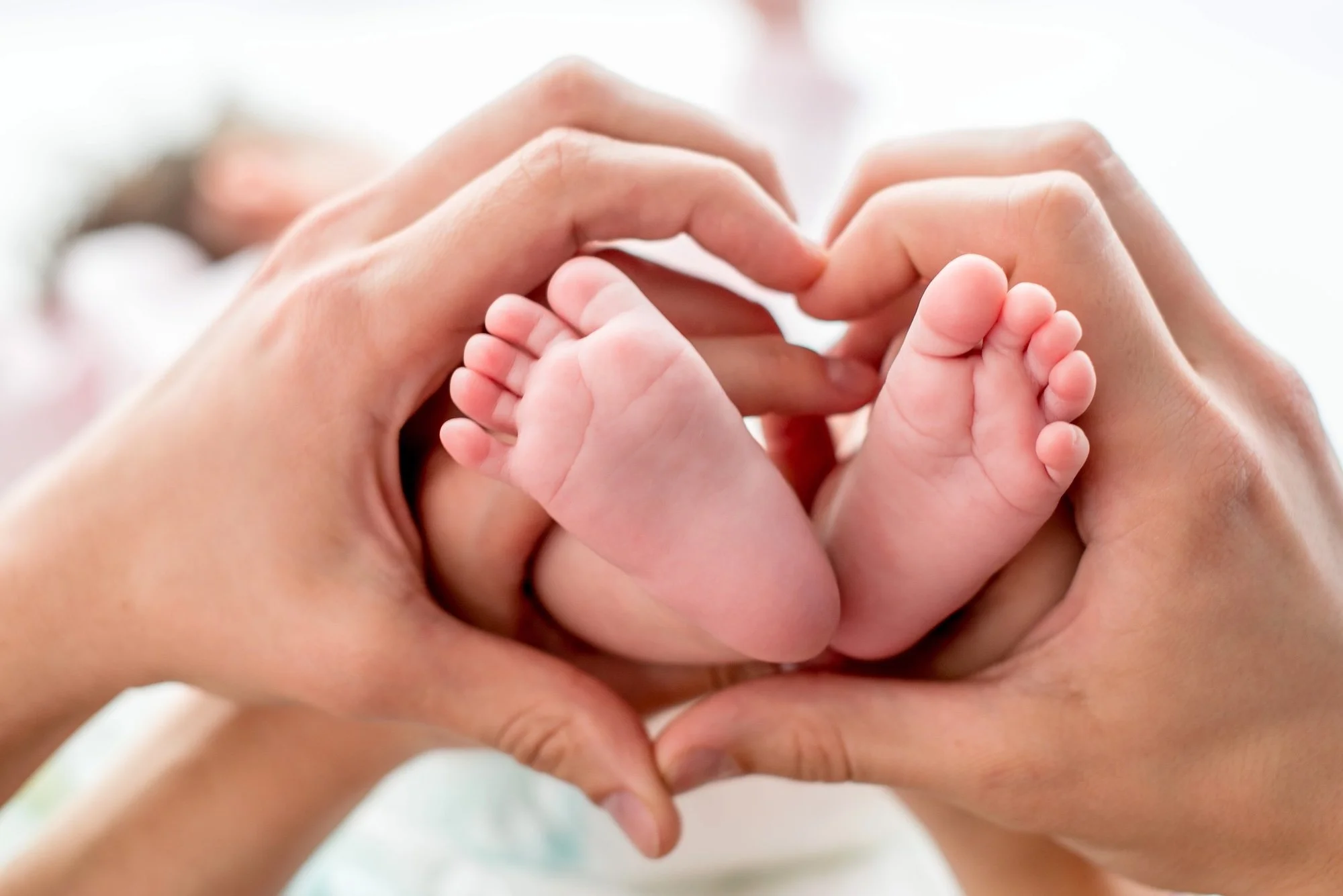Supporting Mums & Babies
CST for pre- and post partum support and resourcing
For mum, planning and experiencing a pregnancy, giving birth and caring for a new baby can be incredibly exciting. But the profound changes and expectations can also make it a stressful and anxious time, with discomfort and risk of complications. Looking forward, the pressures of caring for a growing family alongside other commitments can sometimes feel overwhelming. By working gently and sensitively, I help support mum’s body and mind throughout this journey.
CSTs focus on supporting and resourcing the central nervous system and releasing centres of tension and restriction benefits both mum and baby in myriad ways. By enhancing the parasympathetic rest & digest state and supporting optimal motility of the fascial tissue and muscles, CST can help mitigate the physiological and emotional impact of a growing baby and related stress and anxiety, thereby improving digestion and sleep, energy levels, sense of comfort and resilience.
The shared nature of the birth experience means that stress and anxiety, fear and pain associated with difficult births is often reflected in both and I find that treating mum and baby together is a wonderful way to release shared trauma.
CST for birth trauma in babies
The gentle nature of CST makes in an ideal modality to support and resource the youngest infants.
For baby, natural birth and emergency interventions can result in physically and emotionally stressful experiences that need a bit of help to resolve. Hence, birth trauma in babies can vary from mild to severe and make it difficult to settle, latch on, feed, digest, and sleep.
Although life saving, medical interventions are not without risk. Both mums and babies may may need extra support, management and/or medication after planned or emergency C-sections and CST can be a valuable part of that. Also, the pressure applied by a ventouse (vacuum/suction) extraction or forceps delivery may leave localised bruising, swelling, cuts or abrasions and depressions in the cranial bones and tissues. Again, CST can help; by gently releasing cranial restrictions, CST techniques restores the motility of soft bones and tissues and free and balanced flow of fluids throughout, facilitating optimal growth and development. For more information about the therapeutic benefits of CST on birth injuries, see CST for Infants on Birth Injury Help Center’s website.
The shared nature of the birth experience means that stress and anxiety, fear and pain associated with difficult births is often reflected in both and I find that treating mum and baby together is a wonderful way to release shared trauma.
CST and unsettled babies: helping infants feel more comfortable in their bodies
Unsettled babies sometimes suffer from tension patterns that form in the womb and during birth, leading to compression and pain that makes it difficult to settle and relax.
A randomised control trial into the effectiveness of craniosacral therapy in the treatment of infantile colic found that CST was helpful in reducing the crying hours and severity of colic symptoms. Conditions like colic, reflux, vomiting, wind, cramps, and constipation that interfere with digestion and sleep can also benefit from gentle attention to the sensitive structures and tissues of the cranium, neck and jaw, mouth and tongue, chest and diaphragm, gastrointestinal tract, and pelvis. Similarly, CST may help improve and resolve conditions of the head and neck including poor latching to breast or bottle, torticollis/CMT (head tilt with stiff or restricted neck movement), and positional plagiocephaly (flat head syndrome).
Note that CST is not a substitute for professional medical advice. Digestive symptoms that do not improve or resolve after several treatments needs medical advice from your GP. ‘Red flag’ symptoms, including blood in stools, vomiting blood or green bile, high temperature, lethargy and weight loss, needs urgent medical attention.

